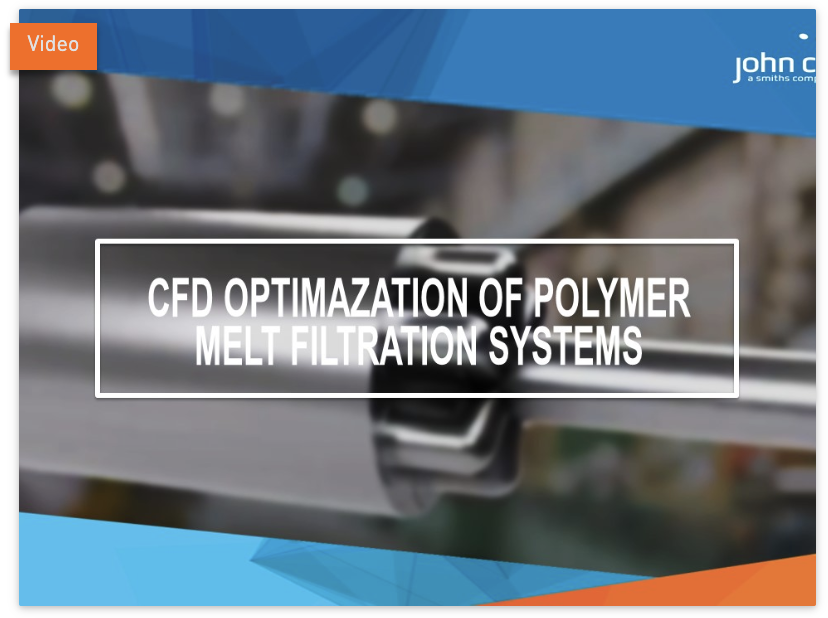August 11, 2022 | 5 minute read
Polymer melt filtration is no longer considered an unwanted cost but is now accepted by most users as essential for the final product quality. Nevertheless, filter operating costs are an important component of the final product cost. Melt filters have to face up to this tension and show the best possible cost-benefit ratio over their entire lifecycle.
The main influencing factors in polymer melt filtration are those that strongly influence the final filter configuration, such as welded, stainless steel construction, and filter area. The benefits and costs can be found in:
-
Type and amount of contamination – If flexible particles must be removed, a large filter area (large filter surface) is necessary. If very large quantities of dirt are involved, a screen changer is also required as a pre-filtration stage.
These two criteria limit the degree of freedom when optimizing the filtration solution. However, large area filtration and screen changers are not mutually exclusive, rather, they work very well together.
-
Stream life – On stream life can be between a few hours and several months simply because of design. If your requirements are close to the extremes of this bandwidth, the necessary technology has already been defined. In between, there are various possibilities for optimization.
Stream life is a topic where end-users rarely have complete data, such as quantity and particle size distribution per mass unit of product, so reliable life estimation is often one of the most difficult topics in the design of a melt filter system.
-
Cleaning – A significant difference between the filtration technologies is the handling of the active component of the filtration system. While screen changer packs are usually discarded after use, the filter media (polymer candle filters or filter discs) used in large-area filters should be cleaned if the application permits. This is an essential factor in the consideration of the initial investment and ongoing operating costs.
-
Maintenance – The desire to operate filtration systems that are trouble-free and as low maintenance as possible is understood. However, filters get dirty during operation.
Regular maintenance operations are necessary therefore. This ranges from several times a day (changing screen packs) to replacing filters only once or twice a year (for large-area filters). Cleaning logistics, either internal or external, also come into play for large-area filters (and screen changers with filter elements). When considering the filtration costs, maintenance must be estimated and included in the operating costs.
-
Sealing situation/product loss – The other consequence of maintenance operations is product loss, as a certain amount of product is lost with each replacement of screen packs or filter elements. This amount of lost material should also be considered critically and included in your profit calculations.
There is a further weakness of metallic seals with dirty material, however. If small, seal-wearing particles repeatedly move within the sealing areas, then the bolts or screen wheels of the screen changers have to be repeatedly overhauled (which is also recommended by the various manufacturers).
Since this is associated with costs and downtime, it is very common to see situations where polymer melt penetrates from the leaking sealing seats under the screen changers and has to be collected in containers. A continuous product loss is therefore accepted.
These costs should also be considered when calculating the economic efficiency. In general, it is strongly recommended that the market requirements for the quality of the end product be weighed against the overall costs of achieving this quality objective. No costs should be neglected or simply included in other budgets. In various applications, it has proven to be decisive for system selection to include exactly this cost-benefit calculation in full.
For example, consider two filtration industry suppliers that shared 80 % of the market such that company A had about 50 % and company B had 30 %. Company B learned that the users of its products placed higher requirements on product purity, and therefore decided to enable finer filtration performance. Company A, on the other hand, is a larger company that carries out polymerization itself and was convinced that it best understood its own value chain. Company A believed that no further filtration was necessary.
Contact us to find out how we can:
- Use CFD analysis of polymer melt flow to better inform your system design
- Increase your process reliability by removing common causes of product contamination, and reduce your polymer filtration operating costs

